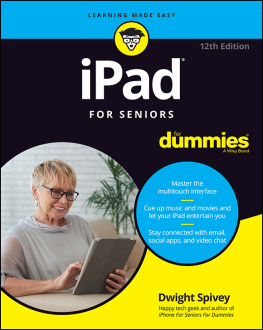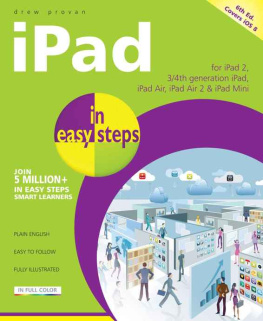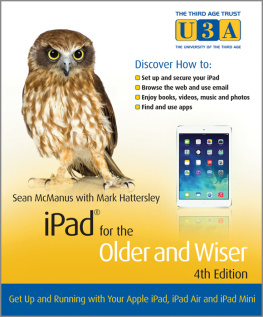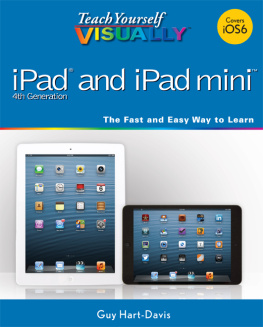CHAPTER 1
Controlling Your iPad
Apples iPad is not only compact and stylish, it is constructed to a very high standard. It runs an operating system, iOS, that is renowned for its high levels of security, as a result of which the chances of getting viruses and malware are extremely unlikely.
An incredibly useful tablet, the iPad has something to offer all age groups. However, some aspects of the device make it particularly useful for the older generation as well see.
In this opening chapter, we will introduce you to the iPad, its controls and the iOS operating system that underpins it.
Introduction
Despite its sleek look and compact dimensions, the iPad is a actually quite a powerhouse as computing devices go. It may not have the grunt of a desktop computer or laptop but it is, nevertheless, capable of a wide range of functions. These include:
Communication the iPad lets you send/receive email, text messages, use social media, and make video calls. You can also use it as a telephone if it is a cellular model.
Browsing the Internet one of the iPads best features is that you can access and browse the Internet wherever you happen to be (assuming you are within range of a network). Because it is not physically connected to anything, the Internet can be accessed, quite literally, from anywhere.
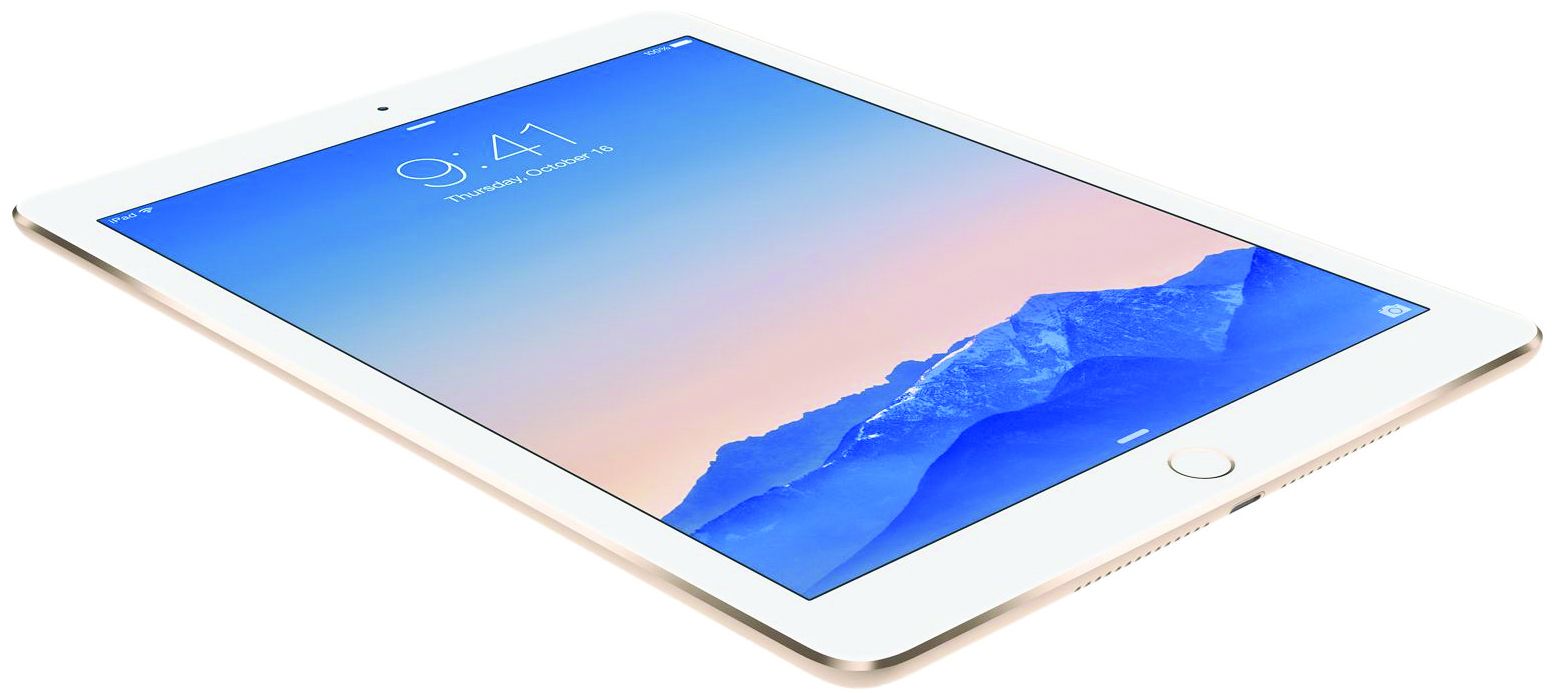
Organization the iPad provides a number of apps that help you to organize and manage your life. These include a calendar, an address book, reminders, and notes.
Entertainment your iPad is an entertainment center. Not only can you play games on it, you can watch TV and movies, listen to music, and read books.
Photography while it is no match for a dedicated camera, the iPad is still capable of taking decent pictures. The large screen is also ideal for viewing them.
Work there are many apps available in the App Store which enable you to word-process, create spreadsheets and presentations, scan, print and more.
Being so light, the iPad is extremely portable. It also comes with a rechargeable battery that provides approximately 10 hours of power, and a high resolution Retina touchscreen display.
iPad Models
Those of you who havent actually bought your iPad yet need to take the following factors into account when researching which one to buy:
Model t his book concentrates on the iPad Air and iPad Air 2 (the latest model), so these are the ones we will consider. Both models also have mini versions, known as the Mini 2 and Mini 3, respectively.
Dimensions the full-size iPads (both the Air and the Air 2) are 9.4 inches high and 6.6 inches wide. The Air 2 is .24 inches thick while the Air is .29 inches thick. In terms of weight, the Air 2 is .98 pounds and the Air is 1.05 pounds.
With regard to the mini versions, the Mini 3 and Mini 2 are identical at 7.8 inches high, 5.3 inches wide, .29 inches thick and .75 pounds in weight.
Processor the processor, or chip, is basically the heart of the iPad and determines many things, one of which is the devices speed. The full size Air 2 model has an A8X chip while the full size Air, the Mini 2, and the Mini 3 use the slightly slower A7. In practical terms there is no discernible difference between the two chips.
Camera a ll the iPads come with two built-in cameras a rear-facing iSight camera and a front-facing FaceTime HD camera. The iSight is the main camera and is the one you need to consider. The version supplied with the full size iPad Air 2 takes 8 mega-pixel pictures while the Airs takes 5 mega-pixel pictures.
Connectivity all iPad models are available in either Wi-Fi only versions or Wi-Fi/Cellular versions. The former is the most popular and enables the iPad to connect to the Internet via Wi-Fi. The latter can connect not only via Wi-Fi but also via mobile networks (the same networks used by mobile phones).
Storage Capacity s torage capacity refers to the amount of data, or content, the device can hold. The Air can be bought with capacities of 16, 32, 64, and 128 GB, while the Air 2 comes in capacities of 16, 64, and 128 GB. The higher the capacity, the better.
Price the full size cellular iPads are the most expensive followed by the full size Wi-Fi only versions. Due to their smaller size and slightly lower specifications, the iPad Minis are the least expensive. For those of you on a budget, or not requiring the latest features, our recommendation is to go for a full size iPad Air or Mini 2. We dont consider the Air 2s upgrades to merit the extra cost.
Terminology
Before we go any further, it may be helpful to give a brief explanation of some of the terminology youre going to encounter in this book.
App the word app is short for application. Apps are software programs installed on the iPad that enable it to do things. For example, the Mail app lets you send/receive email and the Safari app lets you browse the Internet.
Apple ID t his is an account that users set up with Apple (makers of the iPad). With it, you can make purchases from the App and iTunes Stores. It can also be used to access Apple services such as iCloud and Find My iPhone.
Synchronization also known as syncing, synchronization is where data is shared between two computing devices via a third-party computer. Any changes made to synced data on device A are automatically sent to the third-party computer and then on to device B (and vice versa). The data is thus synchronized between all three devices, i.e. kept the same. The term is also used to describe the transfer of data, e.g. pictures, from a users computer to their iPad.
Cloud/Cloud Computing/iCloud the Cloud is the term used for a third-party computer (as mentioned above)that is used for data storage and synchronization. The process of saving and sending data to and from the Cloud is known as Cloud Computing.
iCloud is Apples version of the Cloud and offers various services such as push email, contact synchronization, Find My iPhone, iTunes Match, etc.
iOS all computing devices need an operating system that runs in the background to provide a platform for the programs, or apps. iOS is the iPads operating system and is currently at version 8; hence iOS 8.
iTunes iTunes is a computer program made by Apple that users employ to manage their various Apple devices. For example, it can be used to upload music, video and e-books to the iPad. It can also create and restore iPad backups.
Lightening Connector Lightning is the name Apple gives to the connection port used to connect its most recent iPhone, iPod Touch and iPad models to the power supply for charging, or to a computer for charging and/or synchronization.
Bluetooth Bluetooth is a low-power wireless network technology that works over short distances. It is built into millions of consumer products.
Controls
Your iPad initiation begins with the power button. Situated at the top-right of the device, this control actually serves two functions:
On/Off switch
Wake/Sleep switch
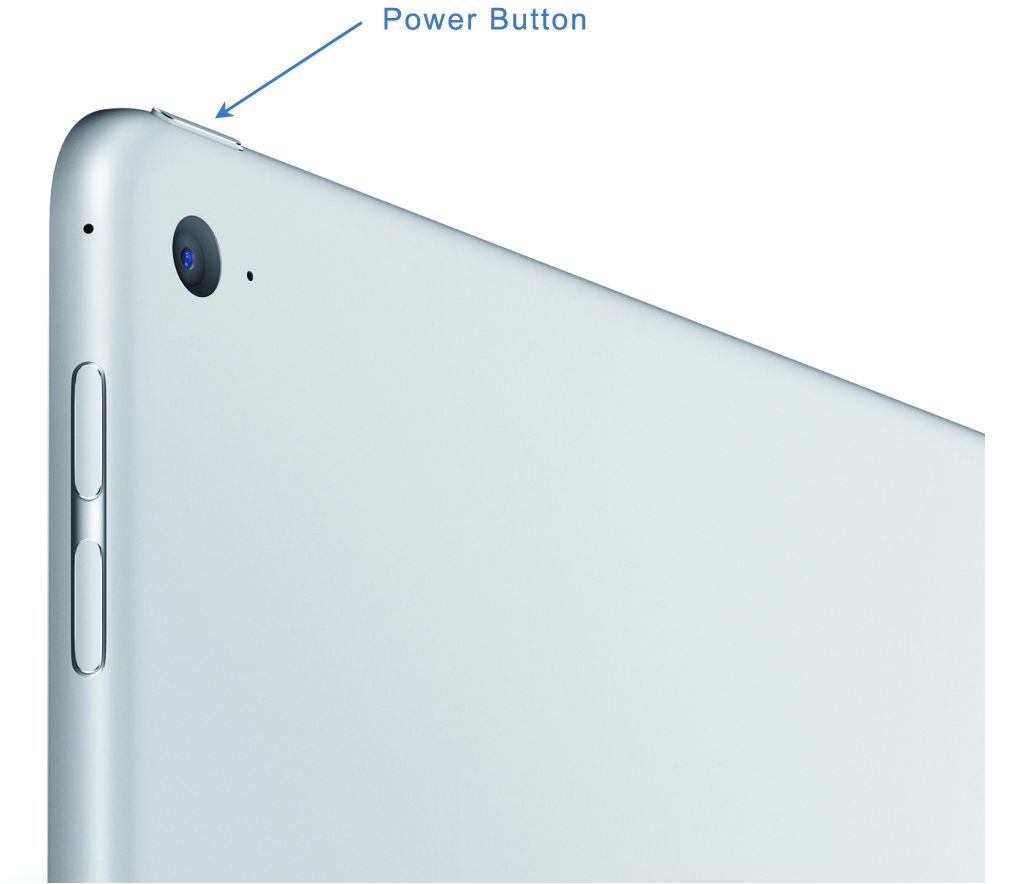
On/Off Switch to switch your iPad on, press the button and hold it down until you see a white screen with the Apple logo. Release the button and wait for the Home screen to appear. When it does, your iPad is ready to use.
To switch your iPad off, press and hold the button down until you see the slide to power off slider.

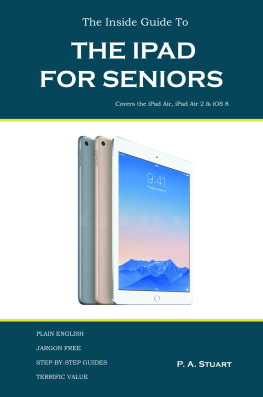


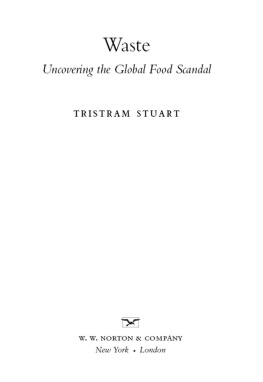


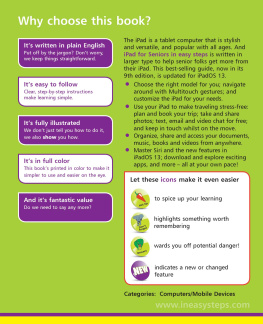
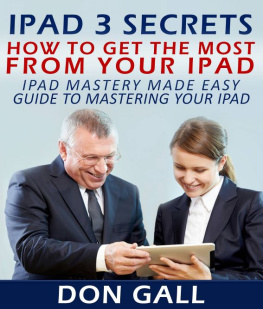

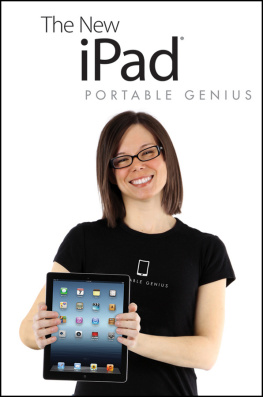
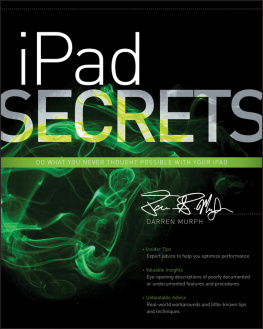
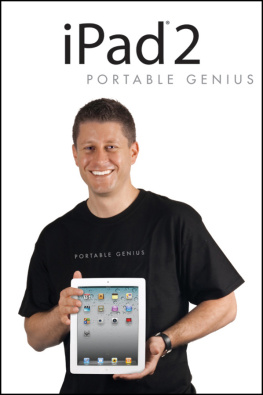

![Baig Edward C. - IPad mini for dummies, [2015]](/uploads/posts/book/179796/thumbs/baig-edward-c-ipad-mini-for-dummies-2015.jpg)
